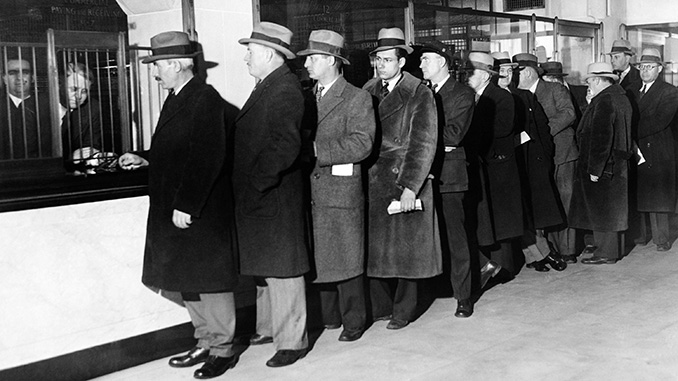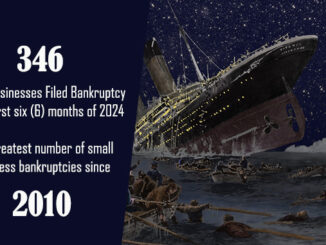
Lending contracted by the most on record in the last two weeks of March for US banks, indicating severe tightening of credit for borrowers as a result of the recent high-profile bank collapses. The restraining of commercial bank lending practices now risks further damaging the already fragile economy. Lending dropped nearly US$105 billion in the two weeks ending March 29, the most recorded in Federal Reserve’s historical data reaching back to 1973. The US$45 billion decrease in these latest weeks were primarily due to a decrease in loans offered for both real estate and businesses by small banks. The slide in lending follows the collapse of several firms including Silicon Valley Bank and Signature Bank.
Economists are closely watching the Fed as it monitors developing credit conditions. The recent headline bank failures have complicated the Fed’s plan to reduce inflation without at the same time sending the economy into a serious recession.
On Thursday, the American Bankers Association Index of Credit Conditions fell to the lowest level since the onset of the pandemic, indicating bank economists see credit conditions continue to weaken over the next six months. As a result, banks are likely to continue to be more and more cautious about extending credit.
Recession Becoming More Likely
The banking crisis has made a recession more likely, according to JPMorgan Chase & Co’s Jamie Dimon. Dimon said in an annual report that the recent bank failures have “provoked lots of jitters in the market and will clearly cause some tightening of financial conditions as banks and other lenders become more conservative”. Additionally, a recent Fed report said that, based on bank size, lending decreased US$23.5 billion at the 25 largest domestically chartered banks in the latest two weeks of March, and fell by US$73.6 billion at smaller commercial banks over the same period. The biggest 25 US domestic banks account for almost three-fifths of lending. In a note on the report, the Fed said domestically chartered banks made divestments to non-bank institutions that affected US$60 billion in loans in the week ended March 22, meaning those loans are no longer held by commercial lenders.
Overview of Two-week changes:
- Commercial and industrial lending — considered a closely followed gauge of economic activity — fell US$68 billion
- Commercial real estate loans dropped US$35.3 billion
- Total assets, which include vault cash, as well as balances due from depository institutions and the Fed, decreased nearly US$220 billion
- Total liabilities declined more than US$188 billion
Opportunity is Knocking
Without question, the banks are facing some big trouble. Is it worse than 2008? Time will tell. For certain, however, small business entrepreneurs are facing some tough times ahead raising capital. Small business owners in this inflationary economy are already finding the search for traditional bank sources of capital difficult. Some economists may believe it may become impossible. Without question, factoring and alternative commercial financing products are now placed front and center as options for US small and mid-size business.
IACFB Brokers and Consultants: Website Blog Content
This article is timely and is perfect to include on your IACFB / DataMax website’s included blog and you have full permission to copy and past its content. The article is easy to “make yours” with just a few changes and is then a great article to post to your social media accounts at Facebook, Twitter, LinkedIn, or other social media to generate traffic to your site and commissions into your pocket.




